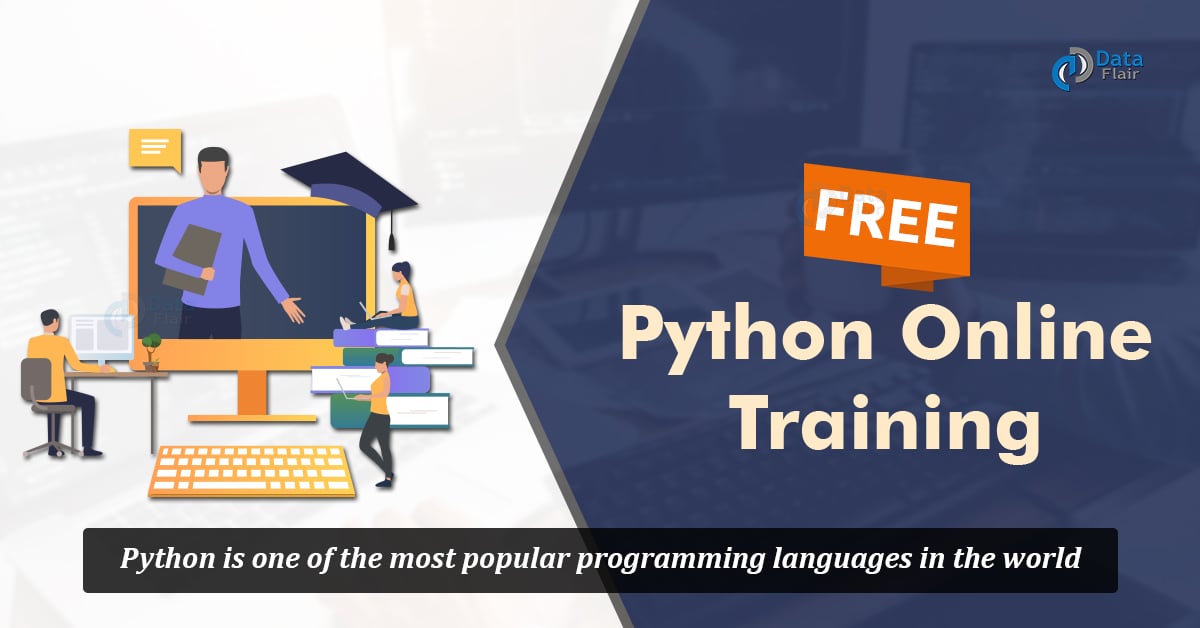TV 광고 Python ** Explained (Double Star Or Double Asterix)
페이지 정보

본문

Consider a scenario where you might be working with giant information sets or performing numerous calculations. In such a case, the optimum choice for memory and performance would possible be the double-star operator. The elevated effectivity may lead to a extra streamlined execution process, doubtlessly lowering the computational burden on your system. Performance : File dealing with operations in Python could be slower than different programming languages, especially when dealing with large recordsdata or performing advanced operations. What's Python file handling? Python file handling refers back to the means of working with recordsdata on the filesystem. It entails operations corresponding to reading from files, writing to files, appending knowledge and managing file pointers. ] corresponds to the values. ] was used to stand for the values. Loops are sometimes used to iterate and manipulate sequential data types. The for loop in Python is very similar to other programming languages. We are able to use break and proceed statements with for loop to change the execution. However, in Python, we can have non-obligatory else block in for loop too. I hope you've got gained some interesting concepts from the tutorial above. When you have any questions, let us know within the comments under.
Thread Security: When utilizing custom capabilities in a multi-threaded atmosphere, ensure your features are thread-protected. Think about using connection per thread.For extra advanced database operations, you might want to check out Python SQLite3 execute() Method Information or find out about committing changes. SQLite's functionality with custom Python functions. It allows you to implement specialized calculations and operations immediately in your SQL queries. We will get out of the for loop utilizing the break statement. This will terminate the for loop execution and the code block won’t be executed for the remaining components of the iterable. This is beneficial after we discovered what we're looking for and don’t have to course of different parts of the iterable. Now, if you are fascinated with knowing the way to implement knowledge science ideas with Python, you may go through this weblog on Python Information Science tutorial. Additional, take a look at our offers for the Python certification course. It's also possible to undergo these free Python Coding Interview Questions prepared by industry specialists.
It is critical to understand Python's elementary concepts to put it to use successfully. Variables are used to carry information in Python and don't should be explicitly declared. A variable's data type is routinely ascertained by taking a look at the worth that is assigned to it. Control constructions handle the movement of execution in a program. Object-oriented programming, which divides code into classes and objects, is supported by Python. Python has robust error and exception handling features that ensure this system can deal with unexpected circumstances politely. The following table lists the line plot styles. Remember that you can also use these styles with other sorts of plots. For instance, a scatter plot can use these kinds to define every of the info factors. When in doubt, attempt the types to see whether they’ll work with your explicit plot. It’s kind of amazing to suppose that IPython gives you with magic, but that’s precisely what you get with the magic capabilities. Most magic functions begin with either a % or %% signal. Those with a % signal work throughout the environment, and those with a %% signal work at the cell stage.
Note: For extra info, refer Python Units. Dictionary in Python is an unordered collection of data values, used to store knowledge values like a map. Dictionary holds key:value pair. Each key-value pair in a Dictionary is separated by a colon :, whereas each key is separated by a ‘comma’. Notice: For more data, refer Python Nested Dictionary. Every thing in Python is handled as an object so every variable is nothing but an object in Python. A variable could be both mutable or immutable. If the variable’s value can change, the thing is called mutable, whereas if the value can't change, the article is called immutable. We will learn the difference between mutable and immutable sorts in the later section of this article.
Within the Automate the Boring Stuff with Python online guide, you will learn about dictionaries, strings, debugging, common expressions and more. When you favor a video format, then you may go through the YouTube series that Al Sweigart put together. On this 12 hour YouTube Edureka course, you'll find out about features, loops, lists, conditionals, error dealing with and more. This course may also talk about career opportunities in Python and wage expectations for Python developers. On this TechWorld with Nana YouTube course, you will learn about strings, variables, OOP, practical programming and more. Additionally, you will construct a few tasks together with a countdown app and a project focused on API requests to Gitlab. In Python, you can retailer values to variables. The value of a variable can then be modified throughout the execution of this system. As you can imagine, storing data is crucial to a pc program. For example, a typical recreation application keeps track of some kind of rating. Behind the scenes, the rating is a variable that's up to date based mostly on certain actions. This can be a comprehensive guide on variables in Python.
- 이전글Five Killer Quora Answers To Repair Upvc Door Frame 24.12.27
- 다음글제대로필효과, 프릴리지처방, 24.12.27
댓글목록
등록된 댓글이 없습니다.
